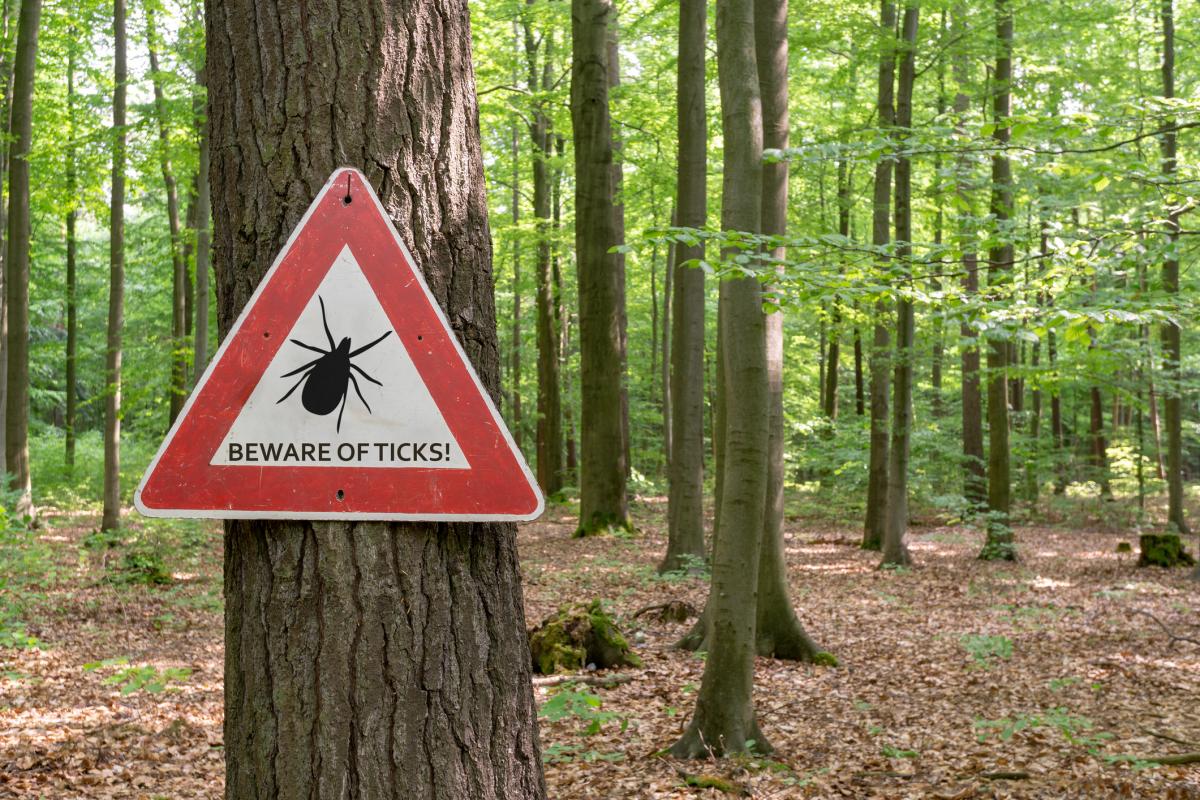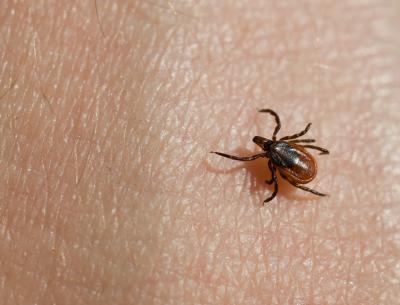Preventive tips to keep Lyme disease away

In addition to putting on sunscreen before you go outside this summer, you may also want to add bug repellent to your to-do list.
The deer tick – the known carrier of the bacteria that causes Lyme disease, has been found in eastern Nebraska. This primarily involves the counties of Douglas, Sarpy and Saunders.
Don't wait. Get it evaluated. To schedule an appointment with one of our primary care doctors, call 800.922.0000.
One of the challenges with the deer tick is that it is very small and difficult to see. The nymph or young tick is black and about the size of a sesame seed, while the adult tick is just a bit larger. While deer ticks are most often found in wooded, brushy and grassy areas, many people get ticks in their own backyards so you will need to remain vigilant this summer.

Early symptoms of a tick-borne disease include fever, body aches, headache, fatigue and a characteristic target rash that has a red center with red lines around it. If you think you may have been bitten by a tick, get evaluated and treated as soon as possible. Treatment involves a few weeks of antibiotics, which are more effective when given early on in the disease.
Waiting to seek treatment weeks after contracting Lyme disease will likely require a longer treatment regimen. The infection can also spread to the heart, joints and nervous system causing inflammation of the heart and other more serious symptoms.
While there have not yet been any confirmed cases of Lyme disease in the state, it is important to take preventive measures for you and your children.
%20(1)_0_0.JPG)
Before you go outdoors
- Apply an insect repellent with DEET if you are going to be in or near a wooded area, camping, gardening or hunting. Other products that are effective include those containing picaridin, IR3535, oil of lemon eucalyptus (OLE), para-menthane-diol (PMD) or 2-undecanone. Do not use insect repellent on babies younger than 2 months old or products containing OLE or PMD on children under 3 years old
- Avoid walking in tall grasses or wooded areas
- Wear shoes that cover your feet
- Tuck your pants into your socks and your shirt into your pants
- If you are going to be camping or hunting, consider treating clothing with products containing 0.5% permethrin, which will remain protection through several washings
After you come indoors
- Carefully examine your pets, all gear and clothing when you come indoors. Wash clothes in hot water or tumble dry clothes in a dryer on high heat for at least 10 minutes to kill any ticks that may be on your clothing
- Shower within two hours of coming indoors. Showering has been shown to reduce the risk of acquiring Lyme disease by washing off unattached ticks
- Conduct a full body check after returning from a potentially tick-infested area, which could even include your backyard. Remove any ticks that are attached to your skin
How to remove a tick
The Centers for Disease Control (CDC) recommends these instructions for removing a tick:
- Use fine-tipped tweezers to grasp the tick as close to the skin’s surface as possible
- Pull upward with steady, even pressure. Don’t twist or jerk the tick; this can cause the mouth-parts to break off and remain in the skin. If this happens, remove the mouth-parts with tweezers. If you are unable to remove the mouth easily with clean tweezers, leave it alone and let the skin heal
- After removing the tick, thoroughly clean the bite area and your hands with rubbing alcohol or soap and water
- Never crush a tick with your fingers. Dispose of a live tick by putting it in alcohol, placing it in a sealed bag/container, wrapping it tightly in tape, or flushing it down the toilet




